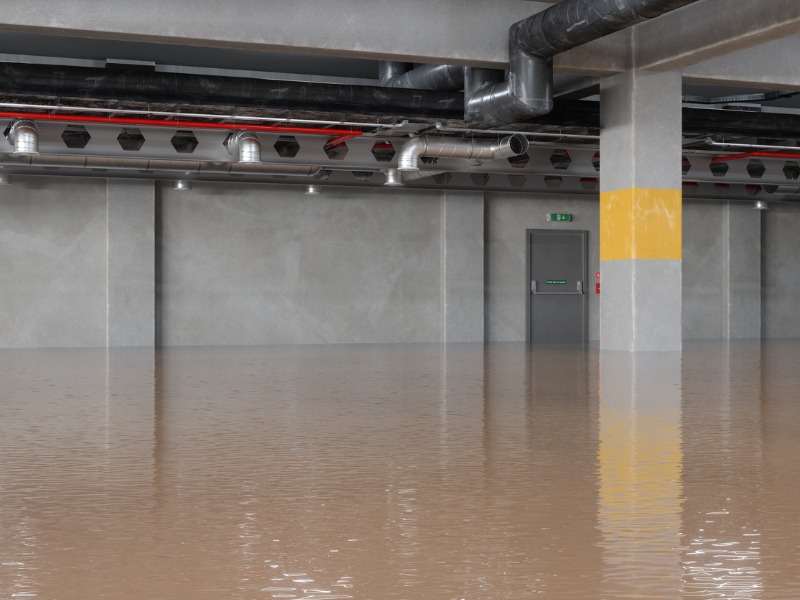How to mobilize claims repairs in a flood-prone city

How do you mobilize a claims response when capacity and labour shortage issues are extending property restoration timelines in disaster-prone regions?
Bring your recovery team closer to the repairs. At least, that’s the strategy First Onsite is taking.
The restoration firm intends to mobilize quicker local residential and commercial repairs by opening a new office in the Shawinigan and Trois-Rivières regions of Québec, an area prone to flood damage.
The firm plans to onboard 15 staff and hire 20 to 40 subcontractors in the first year of its new location.
The claims industry is “an industry where you can’t really plan; you have had people on call,” Valérie Bouchard, directrice principale, développement des affaires at First Onsite, told Canadian Underwriter. The new local office serving a flood-prone area could help make clients’ repairs happen quicker, she said.
“We had high demands in Three Rivers,” Bouchard told CU. “In the past, we wouldn’t see big disasters and big rains during the summer. But now we see that.”
Parts of Québec saw dangerous flash flooding this July. Weather stations near Trois-Rivières were reporting rainfall rates over 10 mm an hour north of the St. Lawrence River, the Weather Network reported.
In the spring of 2017, spring snowfall and heavy rain caused floods across Quebec, including Shawinigan and Trois-Rivières. Floodwater washed out portions of Route 155 and flooded residences, causing regions to declare states of emergency.
Heavy rain is forecast this weekend in the region of Mauricie, north of Trois-Rivières. Precipitation could range from 50 mm to 80 mm on Friday and Saturday. The federal government warns water accumulation could be significant on roads and in low-lying areas.
But the general restoration industry is facing a shortage of available and qualified talent. This talent shortage, coupled with supply chain issues, has caused longer cycle times for large-scale repairs, although “it was worse before,” Bouchard said.
Trois-Rivières is the next step in the restoration firm’s expansion plans, enabling the company to respond quickly to its clients’ major restoration projects. The region is home to commercial clients spanning from retirement homes, to manufacturing, transportation and logistics industries.
The firm does have offices in Montréal and Québec City, but until the new office opened, they didn’t have anything in the middle.
“In order to act very quickly for those clients who give us a lot of work during the year, it was so much easier to have an office there, so we will have people on location to do everything,” Bouchard said.
Having an office in between the two major cities will save recovery teams about one-and-a-half hours’ worth of response time when they need to be on-site, Bouchard explained.
Feature image by iStock.com/onurdongel







